
Hyundai i30 Turbo (2015-2016) engines, drive and performance

- New 1.6-litre turbo engine produces over 183bhp and comes with a six-speed manual
- Engine is smaller and not as powerful as some rivals
- Running costs claimed at nearly 39mpg and first-year road tax cost of £295
The Hyundai i30 performance is delivered by its 1.6-litre turbocharged petrol engine, which is capable of quick acceleration (0-62mph in eight seconds) and a rapid cruising speed (top speed is 136mph).
The nature of the delivery is a bit uninvolving though. There are no major steps in power delivery and you never feel you are shoved back in your seat. That’s not to say it isn’t quick. Traffic light getaways can be delivered easily and the speedo can reveal you are going quicker than you thought.
Six-speed manual only option
The i30 Turbo is fitted with a six-speed manual – there’s no semi-automatic gearbox option where you can change gear sequentially or with paddle shifters mounted behind the steering wheel.
The six-speed manual provides precise gear changes but they never feel as mechanically engaging as some brand’s manual gearboxes, such as the Honda Civic Type R or Mazda MX-5. That said, the gears change cleanly and you’re never in danger of missing one.
- Car fitted with sports suspension and more direct steering
- Improves handling and delivers quicker turn-in to corners
- Not a very engaging drive overall though
As you would expect of a more-performance focused car, the Hyundai i30 Turbo handling is vastly better than the standard Hyundai i30 Hatchback sibling. The car is fitted with sports suspension that both lowers the car’s ride height and stiffens the chassis to limit the amount of body roll.
It’s hard to get a feel for how the car is handling or how much grip the tyres have, but turn in quickly to a roundabout and the car is quick to respond. It also holds a very tight line and there is plenty of grip – it’s just hard to feel how well the tyres are sinking their tread into the tarmac.
Compromise of handling and ride comfort
Ride is harder and more likely to bounce off bumps in the road compared to the standard Hyundai i30 hatchback, but it’s not rock hard suspension that crashes over every single imperfection in the road.


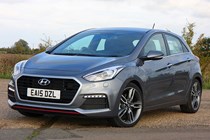
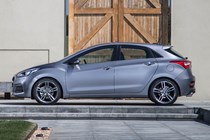


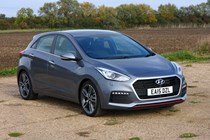
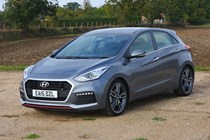
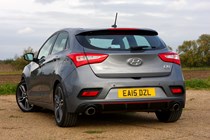


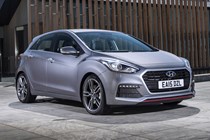

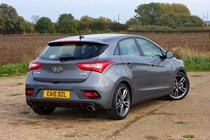
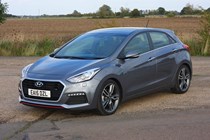
.jpg)
.jpg)
.jpg)
.jpg)
.jpg)
.jpg)
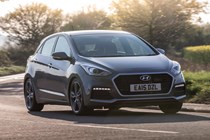

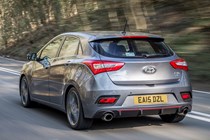
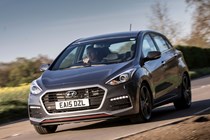
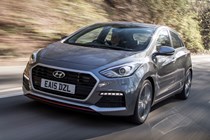
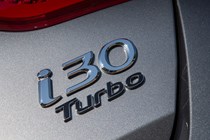
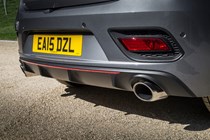
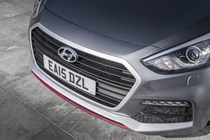
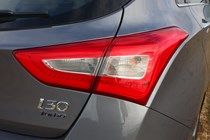
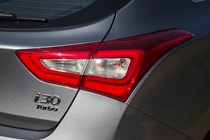
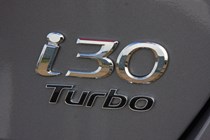
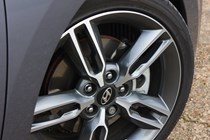
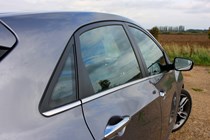
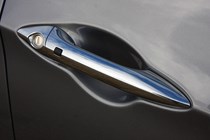
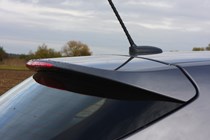
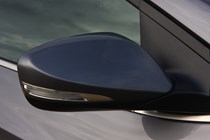
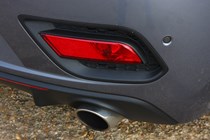

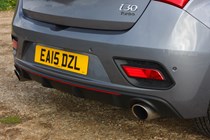
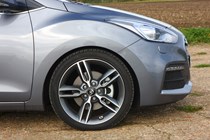
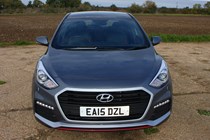
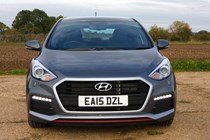
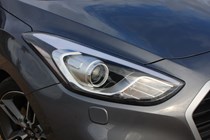

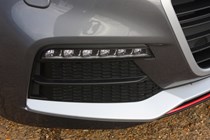

.jpg)
.jpg)
.jpg)
.jpg)
.jpg)
.jpg)
.jpg)
.jpg)

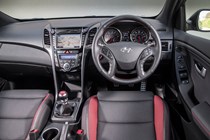
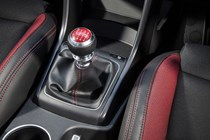
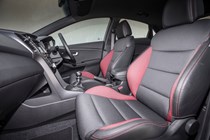
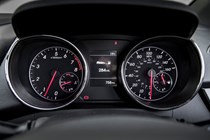
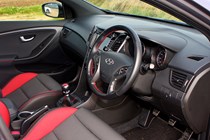
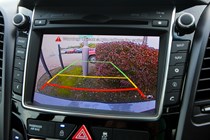

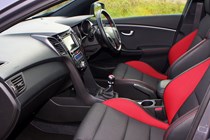


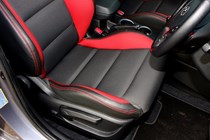

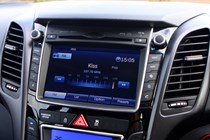
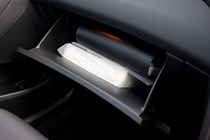
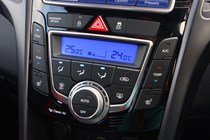



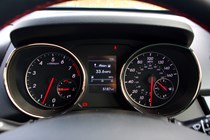
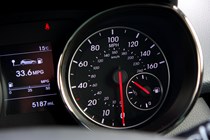
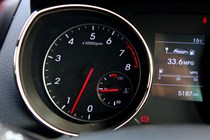
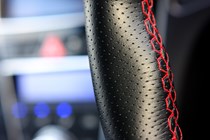
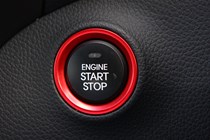
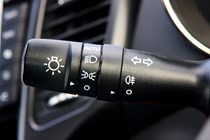
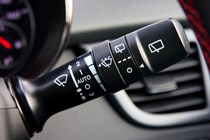


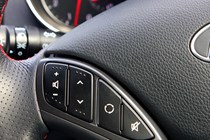
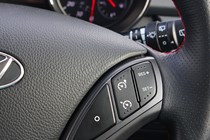
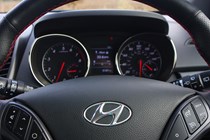
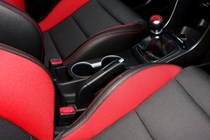
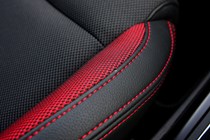
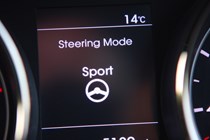
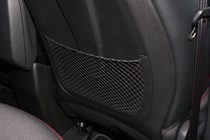
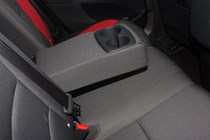
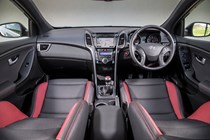

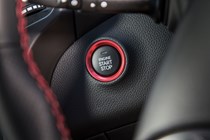
.jpg)
.jpg)
.jpg)
.jpg)
.jpg)
.jpg)
.jpg)
.jpg)
.jpg)
.jpg)
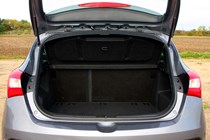

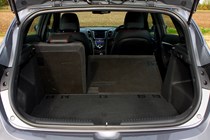
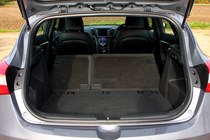
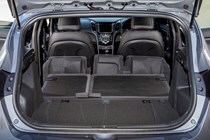
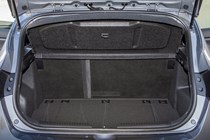
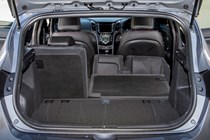
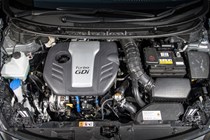
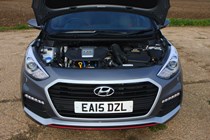
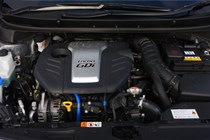
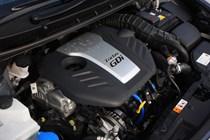
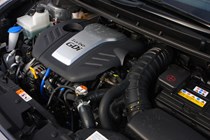
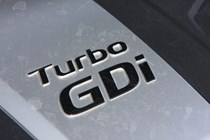
.jpg)
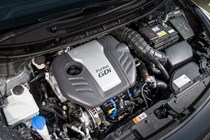













.jpg?quality=50)
.jpg?quality=50)
.jpg?quality=50)
.jpg?quality=50)
.jpg?quality=50)
.jpg?quality=50)


























.jpg?quality=50)
.jpg?quality=50)
.jpg?quality=50)
.jpg?quality=50)
.jpg?quality=50)
.jpg?quality=50)
.jpg?quality=50)
.jpg?quality=50)







































.jpg?quality=50)
.jpg?quality=50)
.jpg?quality=50)
.jpg?quality=50)
.jpg?quality=50)
.jpg?quality=50)
.jpg?quality=50)
.jpg?quality=50)
.jpg?quality=50)
.jpg?quality=50)













.jpg?quality=50)
